The region of the High Tatras offers a wide choice of jewels with a touch of history. Make a trip of your choice and follow some of attractive education trails or learn more about the history of secular and sacral monuments in the area. There are many castles, museums and churches to discover.
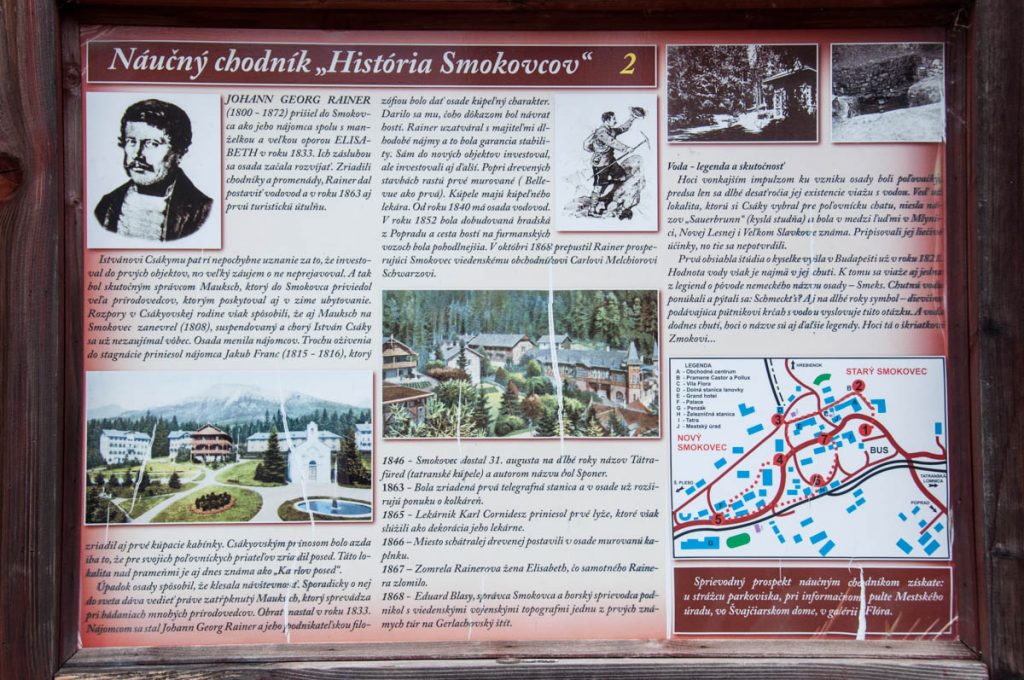
The trail is located in the settlement of Starý Smokovec and consisted originally of seven information boards that introduced the history of Smokovce settlements during over 200 years of their history.
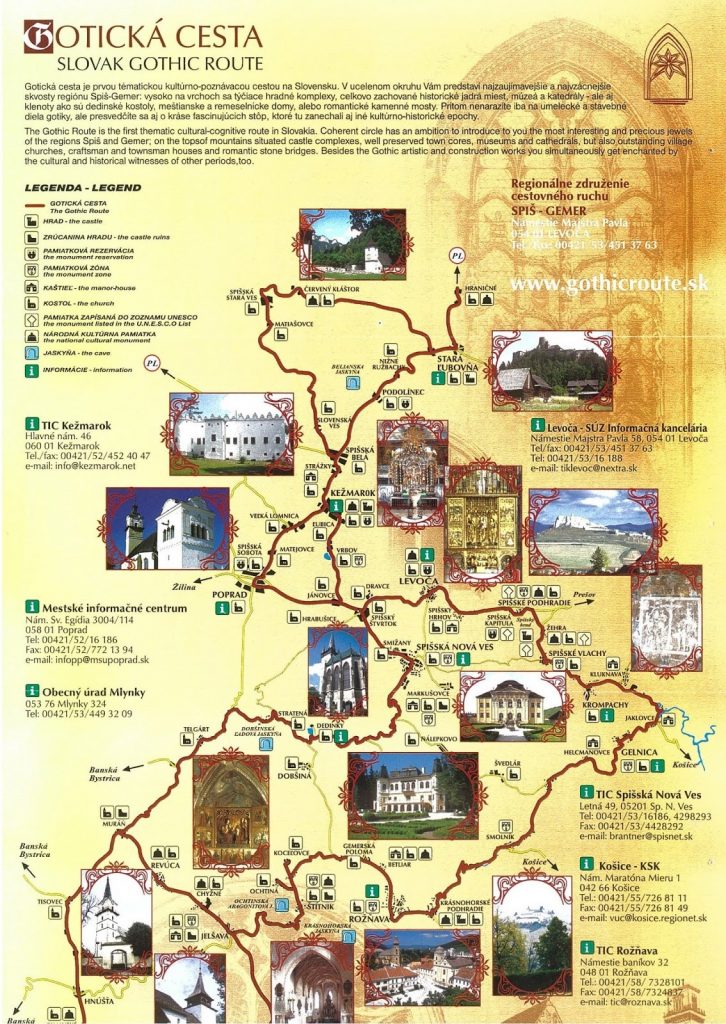
The Gothic Route is the first thematic cultural-educational route in Slovakia. It presents the most interesting and most precious jewels of the Spiš-Gemer region, castle complexes that tower high on hill tops, well-preserved historic town centres, museums and cathedrals, as well as village churches, town citizen´s and craftsmen´s houses, romantic stone bridges. Numerous artistic creations and buildings symbolise various cultural-historical eras.
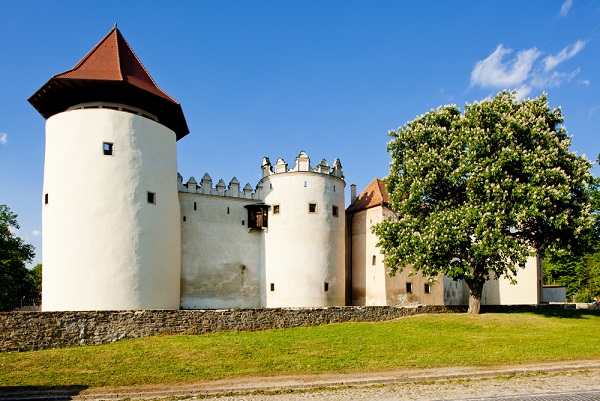
The castle of Kežmarok is the dominant feature and most significant monument in the town of Kežmarok at the foot of the Tatras. It is regarded as the starting point of the first known hiking trip that was made in the High Tatras and the only fully preserved castle in the Spiš region.
The castle complex located in the town centre was created for defence purposes on ruins of the medieval settlement called Svätá Alžbeta in 1463. The last known renovation was made by the Thököly dynasty, who invited Italian stonemasons, bricklayers and painters to change the defensive fortification to a representative family residence. Renaissance arcades were added to decorate buildings in the castle courtyard, beautiful paintings were made on the walls of ostentatious halls and the interior of the castle chapel was renewed to correspond with the Early Baroque style.
The first expositions of a regional museum were opened to the public in one of the castle complex sections in 1931. After a long renovation period between 1962 and 1985, more museum collections were added. Today, the castle offers several expositions and even theatre performances that are included in night castle tours in summer.
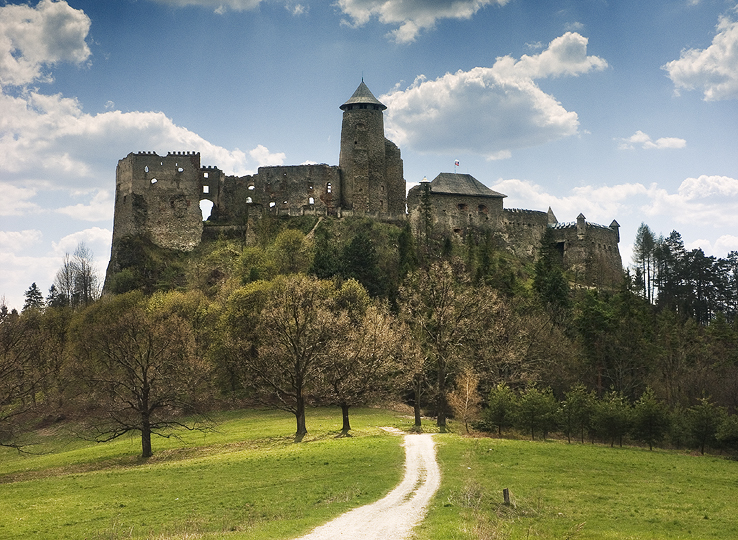
The castle of Ľubovňa towers on a rocky hill in the north-east of the Spiš region above the town of Stará Ľubovňa.
It was built at the turn of the 13th and 14th centuries as one of frontier castles in the north of the Hungarian Empire. It was meant to protect the Polish-Hungarian border but also a significant trade route that ran through the valley of the Poprad river in the direction of Poland.
After a big fire in 1553, the castle of Ľubovňa was rebuilt and changed to a more modern Renaissance-style fortress. After several Spiš towns were returned to Hungary, the castle stopped playing such an important role and was slowly decaying. Since the last successful renovation, it has served as a castle museum.
The castle chapel was restored and consecrated again in 1991 to host church services.
An open-air folk museum located at the foot of the castle is considered a separate museum exposition.
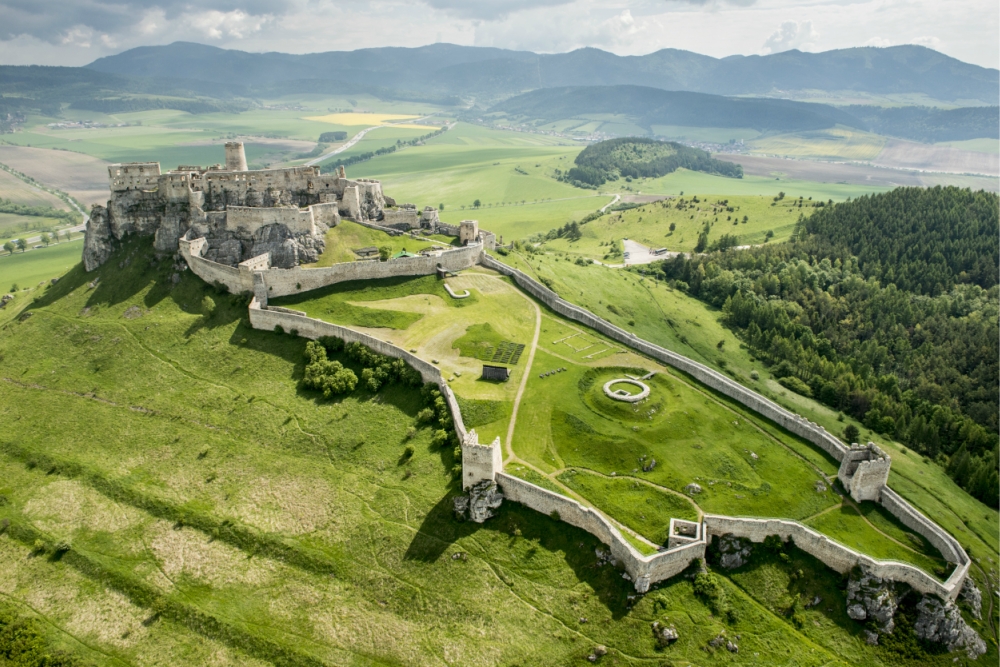
Spiš castle, the dominant monument of the Spiš region is the largest Slovak castle built on a travertine hill.
In 1993, the castle and several other monuments in the area were put on the UNESCO World Heritage List.
It was Neolithic people who left the oldest traces on the castle hill behind almost seven thousand years ago. At the beginning of the Common Era, representatives of the so called Púchov culture built a fortified settlement there. The elite was formed by the Celtic Cotini tribe.
The Spiš region became a permanent part of the Hungarian Empire only in the 12th century. The royal Arpád dynasty had a residential watchtower established in the area of the former Cotini hillfort.
Recent research has confirmed older theories that while the upper castle was being built, a separate fortification was created on the south-western slope, another castle with two Romanesque defensive-residential towers that are included in the bulwark of the big lower courtyard today.
Both castles were interconnected during the era of Louis I of Hungary. In the course of time, various castle sections and gates were added, which resulted in the present-day division: the upper castle and three separate barbicans with the total area of about 40,000 m2. This was the time when the present the main entrance gate was renewed after a Mongolian invasion. Pillars in front of the gate used to be part of a defensive palisade from the 17th century.
The castle was home of several ruling dynasties in the course of centuries, including the Zápolya, Thurzó and finally the Csáky family, who were the last owners. After the era of estates´ uprisings in the Hungarian Empire, only a small imperial garrison stayed at the castle which hadn´t been well kept for some time.
A fire broke out in the castle area in 1780 and the castle began changing to a ruin slowly. The last owners were deprived of it after the WWII during the dispossession period.
Today, the castle is a set of restored and preserved ruins. After long years of archaeological and architectonic research, individual sites and areas of the complex could be opened step by step.
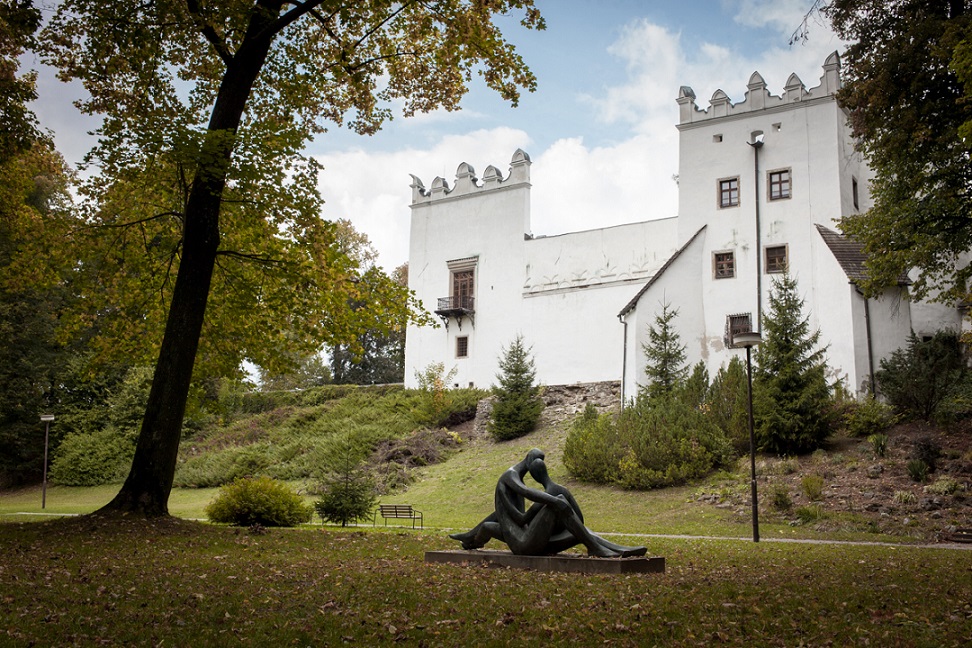
A beautiful jewel of Renaissance architecture in Eastern Slovakia – the manor house of Strážky is the dominant monument of the town of Spišská Belá. It was built on the foundations of a Gothic castle that is said to have been established on the ruins of a former Templar monastery and counts to the oldest manor houses in Slovakia. Originally it had three wings and a fourth one was added after a fire in 1708, which resulted in the typical square ground plan with an inner courtyard.
Baron Eduard Mednyánszky moved to the manor house from Beckov in 1862 and brought his 10-year-old son Ladislav along. Ladislav became a significant painter known all around Europe. While staying at the family residence at the foot of the Tatras, he painted several beautiful landscapes with original social components.
The magical nature of the manor house is emphasised by an English-style park from the 19th century. There is a precious historical library in the building and many paintings of Ladislav Mednyánszky.
After the last renovation, the manor house has served the needs of the Slovak national gallery, which presents various expositions there – Historical furniture and interior accessories, Ladislav Mednyánszky and Strážky (the painter who used to stay and work there often), Portraits of the 17th – 19th century and Historical library.
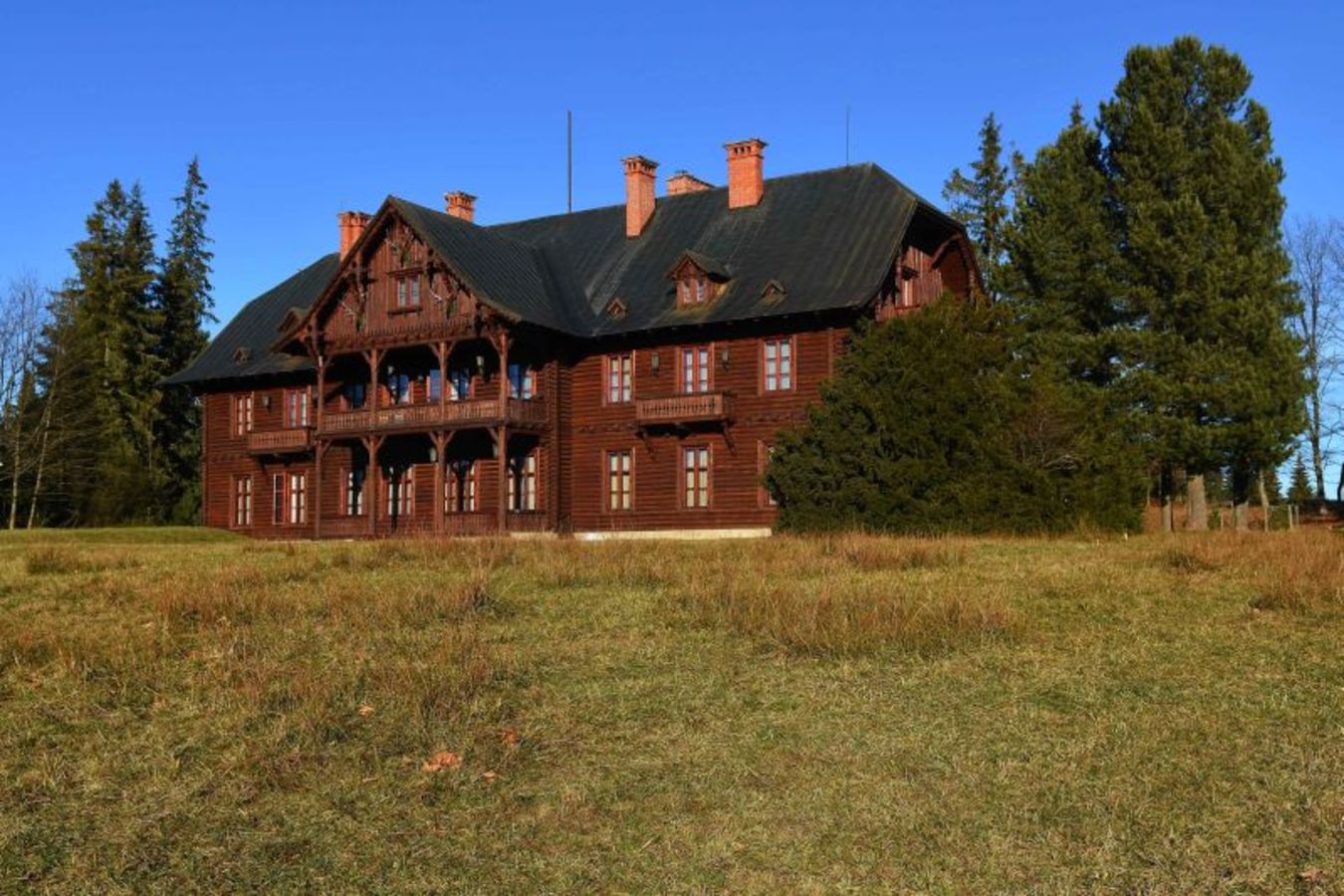
On the very edge of the village of Tatranská Javorina, there is one of the most beautiful historic buildings in the Tatra National Park, a wooden hunting chateau (manor house).
It was built in the 19th century by aristocrat Christian Kraft, who was a keen hunter but also a nature protector. The prince used to organise popular hunting events in the Tatras that were joined by noblemen from all around Europe.
After the prince died, his heirs sold the chateau to the state. It survived the totalitarian era successfully and has served the state for representative purposes ever since. Is also opened to the public at selected times.
The chateau has been declared a national cultural monument.
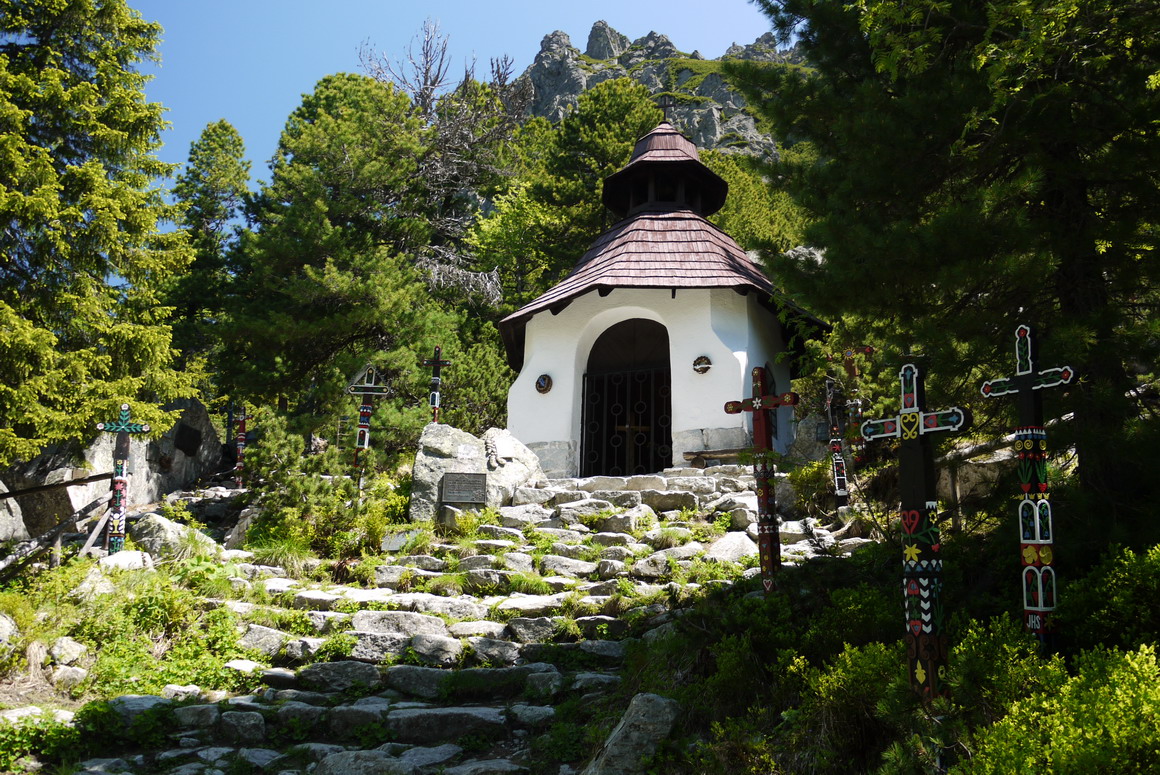
To remember the dead – to warn the living. This is the motto on a chapel wall that welcomes tourists at the Symbolic cemetery next to Popradské pleso (tarn), a commemoration site dedicated to victims of the Tatras.
The cemetery is placed in the shadows of arolla pines and formed of a small chapel with a shingle roof, carved wooden crosses, dozens of plaques, including those with names of climbers from the Tatras who died during various climbing expeditions all around the world.
Today, there are 278 plaques and about 56 carved crosses at the cemetery. Unfortunately, this is not the final number.
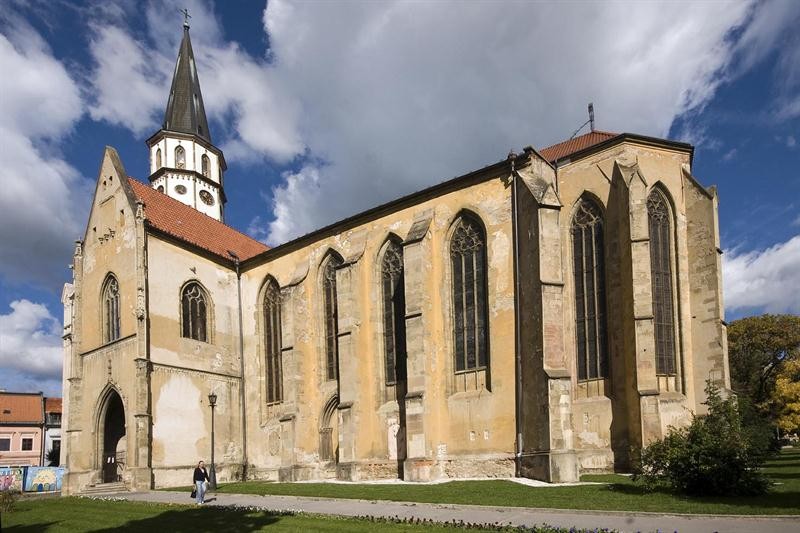
The Church of St. James in Levoča is one of the biggest Gothic temples in Slovakia, still active and serving the believers everyday for over 700 years as a parish temple of the royal independent town of Levoča. It was declared a Basilica minor in 2015.
The church has a long history and is regarded as a treasury with many historic jewels. Besides the temple itself, there are works of Master Paul of Levoča, an eminent medieval woodcarver, which are considered national cultural monuments too, and creations of Ján Szillasy, a Baroque goldsmith.
The Roman Catholic parish Church of St. James counts to the most significant sacral monuments in Slovakia.
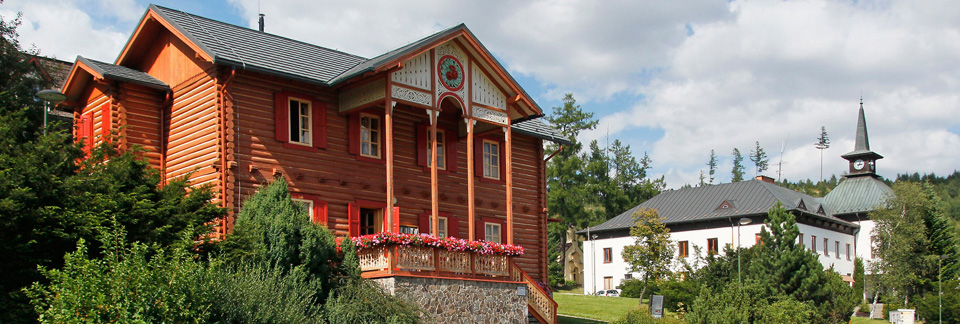
The exposition which is available all year round presents the life, atmosphere and changes of the Tatras depicted by cameras and video cameras, as well as activities of people in the field of film production and photography since 1870.
The exposition also introduces the development of photography technology since the end of the 19th century.
A separate section is dedicated to works of cinematography and photography figures who were working in the Tatras. Testimonies of their relatives and personal items add precious details about personalities such as Karol Divald Sr., Juraj Weincziller and Milan Legutky.
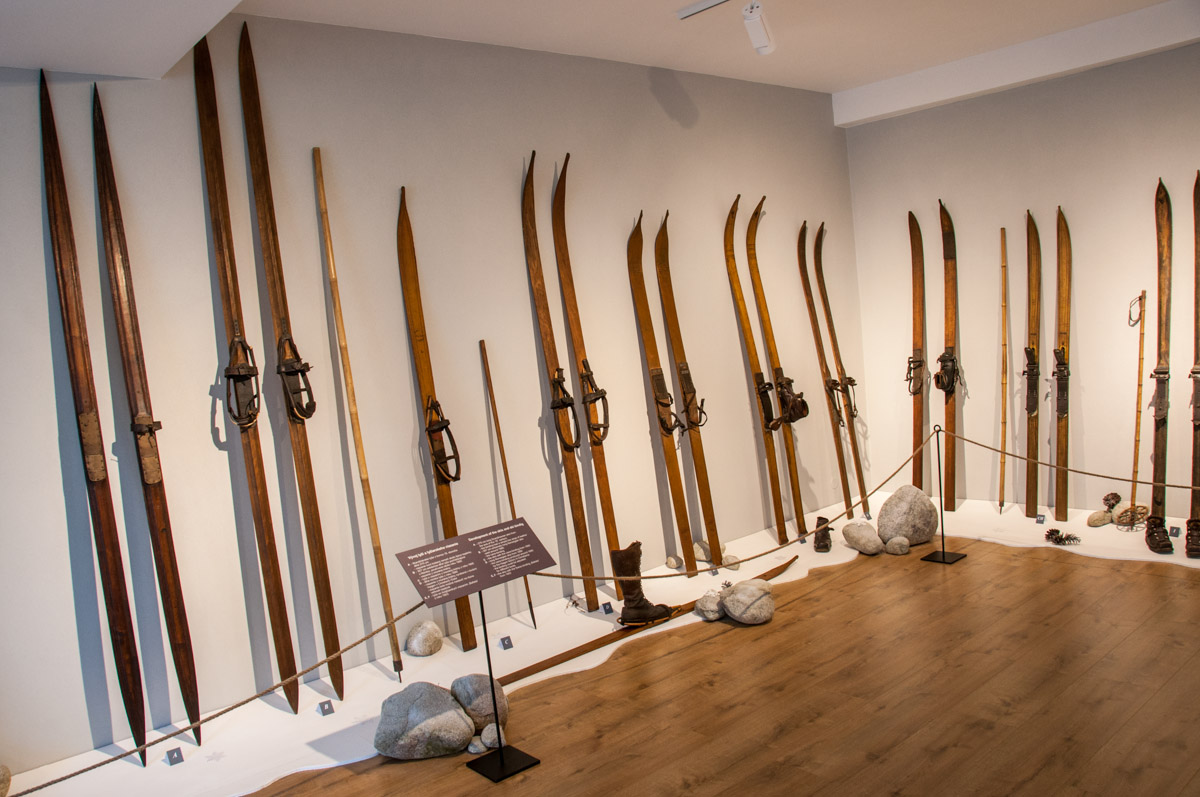
The modern exposition of the private Ski Museum presents the development of individual winter sports in the High Tatras from their beginnings to 1945.
The museum features a joinery and shoemaker´s workshop as well as a very realistic visualisation of the so called Gertrude´s cottage, which used to be located under the present-day location of Štart above Tatranská Lomnica.
The exposition focuses on the era when people started walking on snow with help of snowshoes, the development of skis and ski bindings, there is a section about winter hiking and climbing, ice skating, curling, ice hockey, sledging and bobsleigh sport, as well as the history of military exercise in the High Tatras.
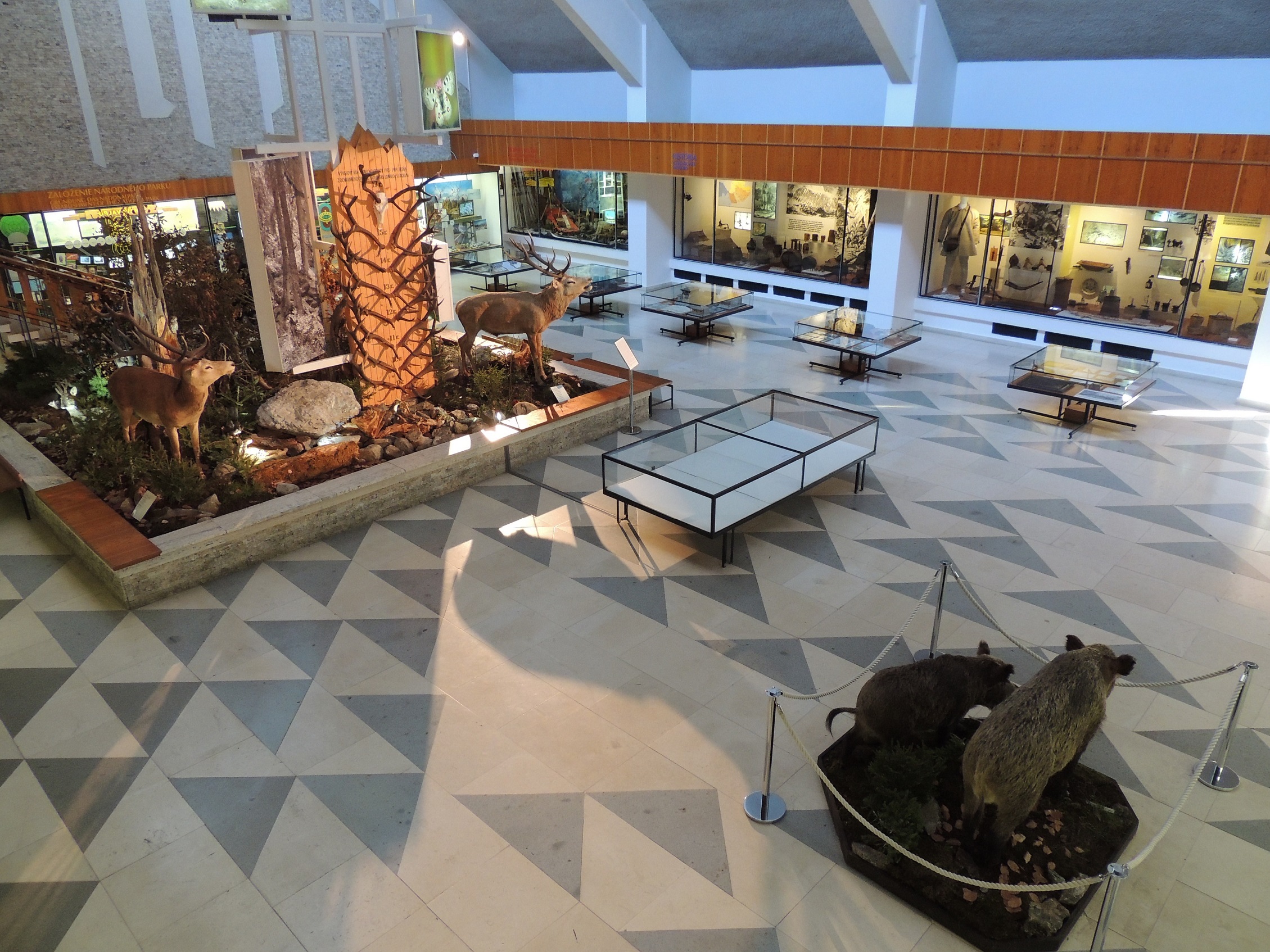
The Museum of the Tatra National Park informs visitors about the nature of the Tatras, its protection and the history how the mountain range has been made accessible to people.
The exposition is divided in several sections: natural history, nature protection, history and ethnography. Don´t miss a botanical garden which introduces 270 plant species that grow in various biotopes in the Tatras. It has an area of 3.2 hectares and is located on the north-eastern edge of Tatranská Lomnica. There is also a small geological site and a commemoration place dedicated to those who helped establish the Tatra National Park.
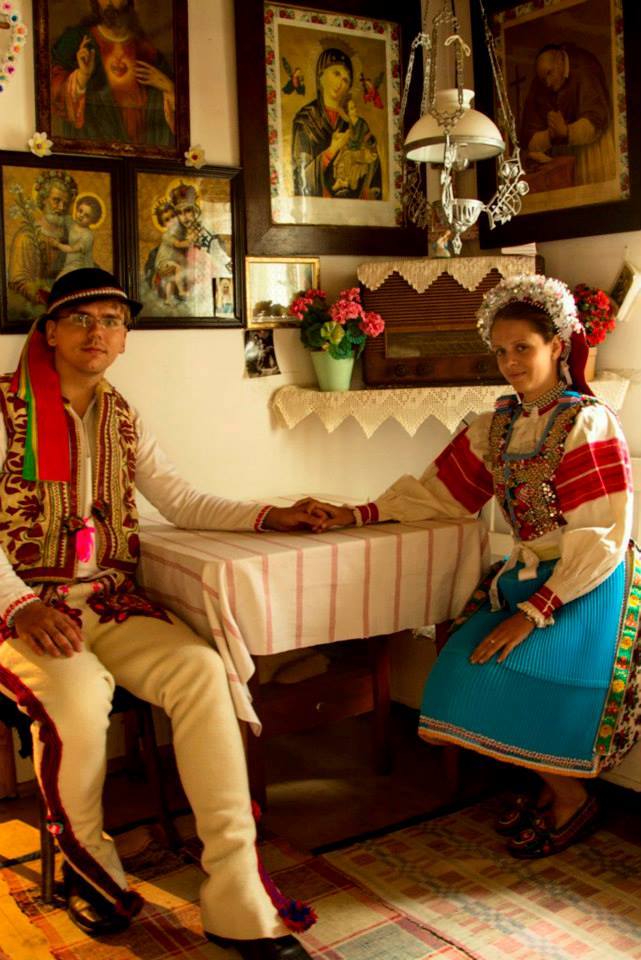
The museum was created in Lendak in 2003 as the town is rich in preserved traditions. Folk costumes are worn there even today and people even speak the original Goral dialect. The museum expositions focus on farming, crafts, religion and the way of life of local people in the past.
It features a wooden cabin with a weaving loom where visitors can try the old technique of making carpets and tablecloths.
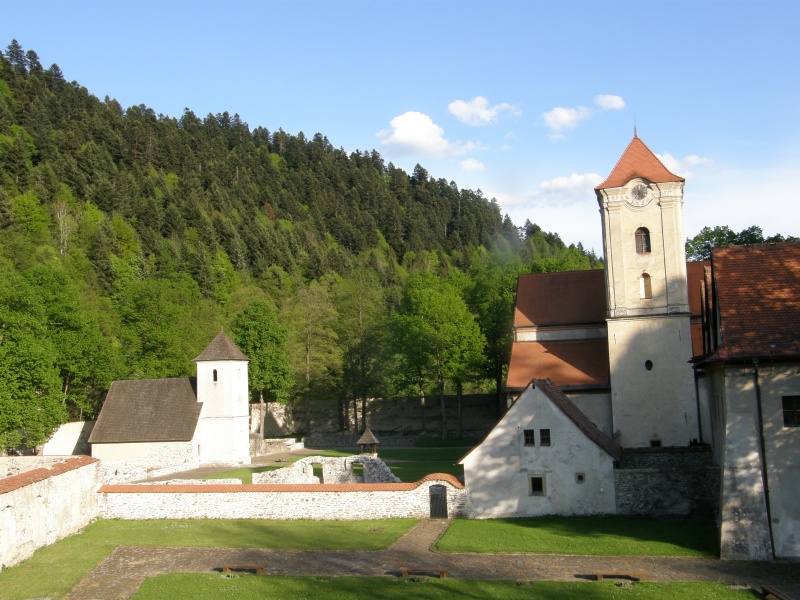
The national cultural monument of Červený kláštor at the village of Červený Kláštor used to be occupied by Carthusian and Camaldolese monks in two phases.
The Carthusian order was one of the strictest ones that prescribed an ascetic way of life. The monks would mainly copy books but were also given various privileges in the course of time, e.g. right to fish in the Dunajec river, right to have a mill, to brew beer and jurisdiction right.
From 1711 to 1782, Červený kláštor was a Camaldolese monastery. The monks had it rebuilt in Baroque style once they arrived. Like the Carthusians, Camaldolese monks lived like hermits, were farming, keeping bees, healing the ill and picking healing herbs.
Červený kláštor is also known for a pharmacy which was founded by friar Cyprian.
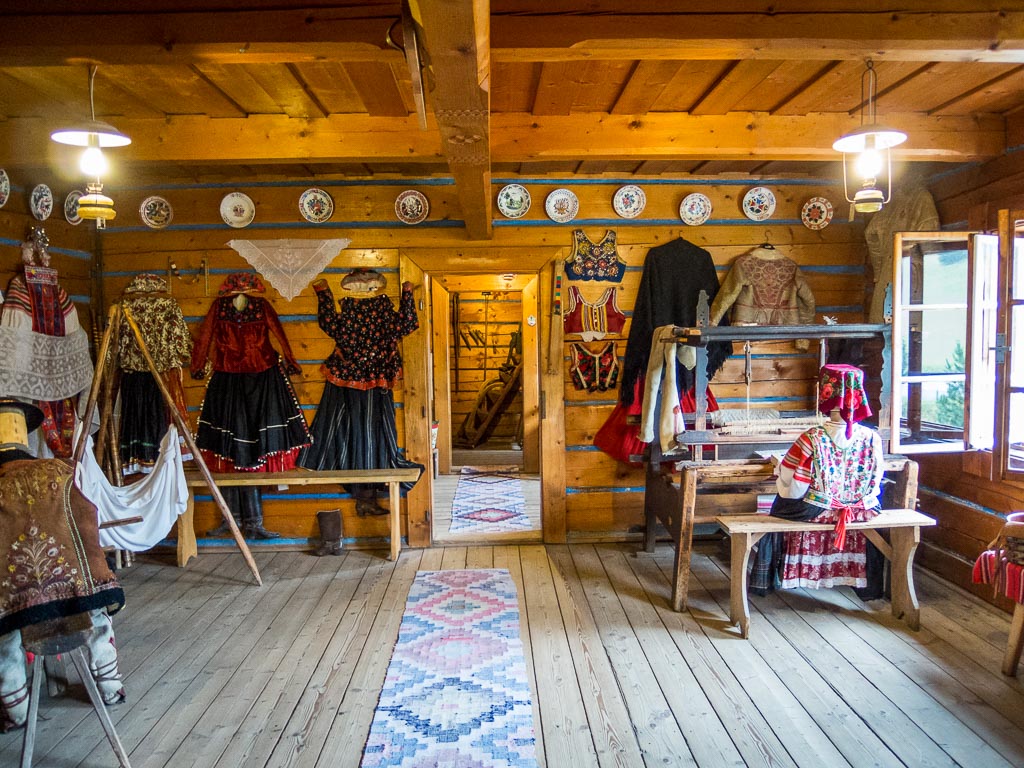
The Ždiarsky dom museum was established by the village of Ždiar based on the initiative of local inhabitants in 1971. It presents the life of Gorals who have lived at the foot of the Belianske Tatra Mts., the original architecture, furniture and folk costumes.